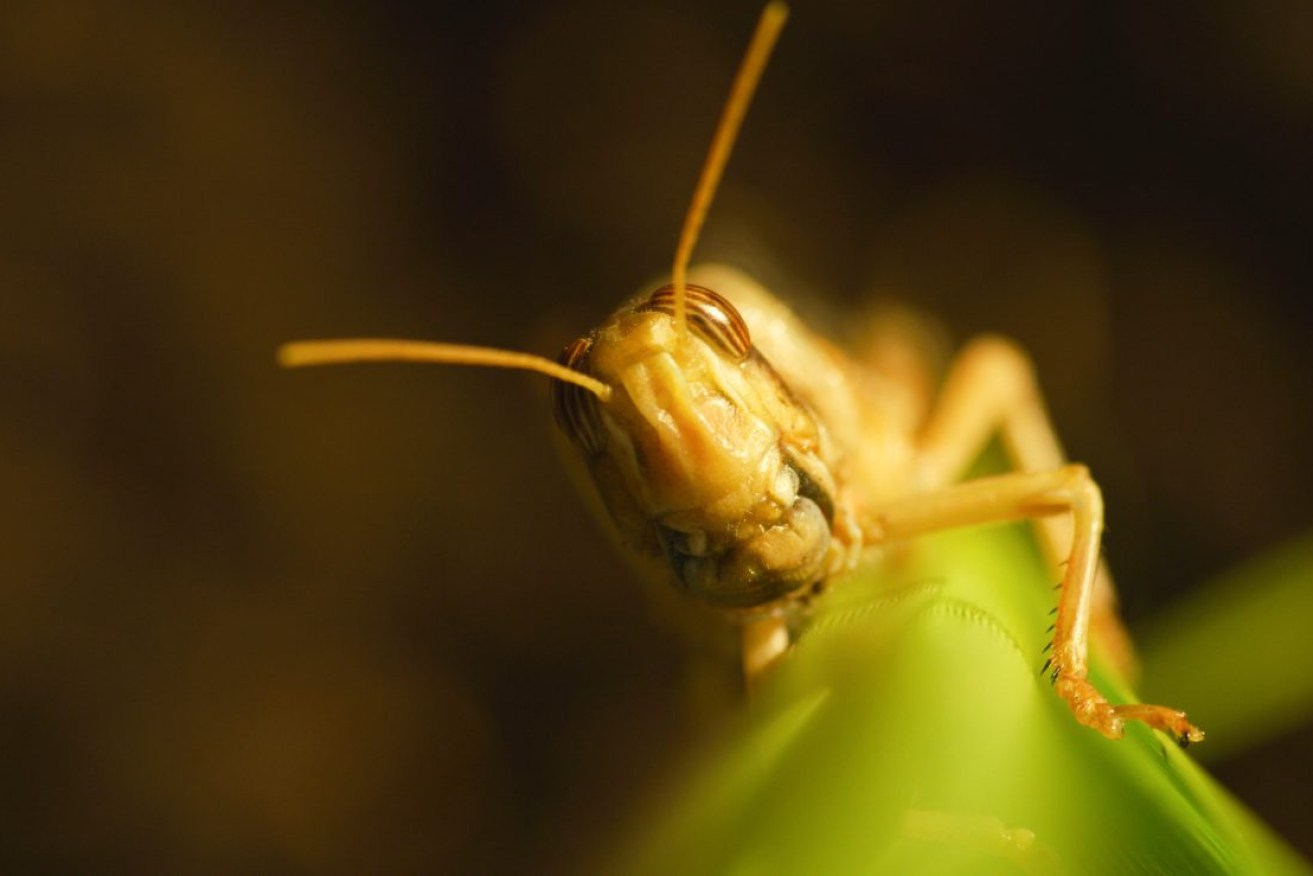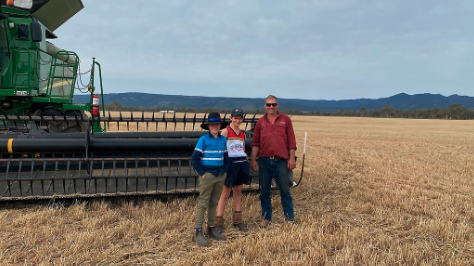Locust plague threat for record SA grain crop
State agriculture officials are preparing to combat a potential locust plague which could take flight amid what is tipped to be South Australia’s second-biggest grain harvest on record.


Photo: Jonjo Harrington/National Geographic via AP
Primary Industries and Regions monitoring has shown a mix of seasonal conditions has boosted locust numbers migrating from remote South Australia and the eastern states to lay eggs over autumn.
Two control centres in Adelaide and at the Orroroo CFS office in the state’s mid-north will have field teams with four-wheel drive vehicles and motorcycles to pinpoint locust outbreaks expected in the Upper Eyre Peninsula, Upper North and Flinders Ranges.
“It’s important these measures are in place to control the potential outbreak when those eggs hatch,” Primary Industries Minister Claire Scriven said, announcing $1.6 million funding for the response that includes a plane on standby for aerial spraying.
While numbers are not predicted to rival the last major locus plague to decimate crops in South Australia during 2010, the threat this year comes on the back of ideal growing conditions and predictions of a record-breaking grain crop.
Grain handler Viterra officially declared the season open after receiving its first load of barley in Port Pirie this week.

Mambray Creek’s Ben Bussenschutt made the first grain delivery to Viterra in Port Pirie. Picture: Viterra
Viterra predicted this year’s crop could hit 11.4 million tonnes – the second largest in South Australia’s history.
This includes record wheat production of 6.85 million tonnes, record canola and the second largest barley and pulses crop.
Grain Producers SA spokesman Brad Perry welcomed the locust preparations, saying he was in the Riverland during the 2010 plague when enormous swarms created havoc.
“I saw the damage it caused in the Riverland, it was phenomenal, the locusts would sit on the oval and the whole oval would move,” he said.
PIRSA information shows large locust populations develop after rain in the warmer months, and locust swarms can migrate to South Australia from as far as 200km to 500km, laying millions of eggs on arrival.
Major SA locust plagues occurred in 1844, 1871, 1934, 1947, 1955, 1976, 1979, 1992, 1993, 1997, 2000 and 2010, with minor plagues recorded in 1950, 1969, 1972, 1973, 1974, 1977 and 1984.
Perry said most farmers would begin harvest during early November, with the state also experiencing strong grain prices as global demand remains high.
Demand has been driven by extreme weather conditions affecting eastern states farmers along with major producers like the United States and Canada, while the war in Ukraine is also reducing global grain supply.
Viterra is offering financial rewards to workers referring other potential employees in a bid to fill seasonal jobs in its southern Australian storage and handling network, increasing roles available to 1650.
“To ensure we can provide an efficient service to growers during their busiest time, we’ve opened up an additional 150 jobs for our network which includes 55 sites across South Australia and western Victoria,” Viterra general manager operations Gavin Cavanagh said.
“We’ve also introduced a refer a friend to harvest initiative. This means a returning harvest worker to Viterra or current employee can receive financial rewards of up to $200 each if who they recommend is successful in securing work.”




